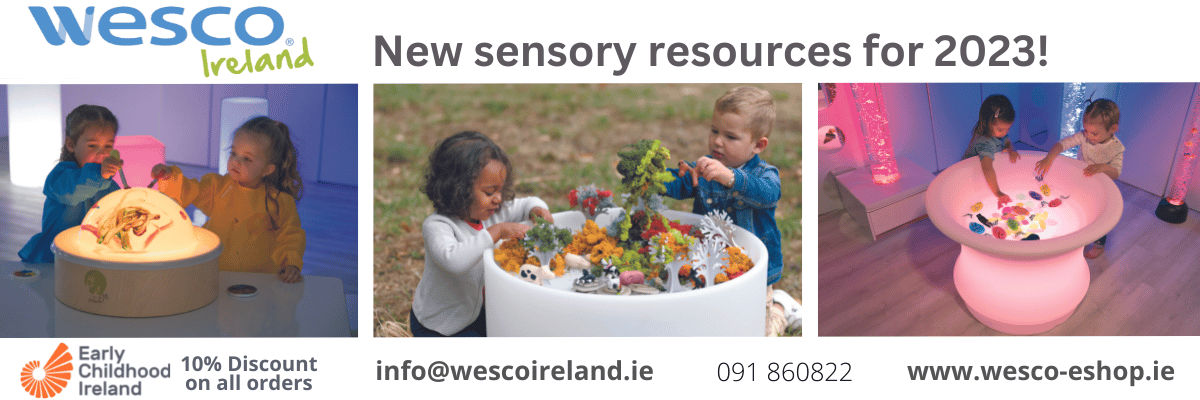Exploring Clay & Dough

Playdough
Children love playing with dough. It encourages the development of fine motor skills, concentration, creativity,is relaxing and offers opportunities for the development of language and social skills. Children can help make the dough if it’s an uncooked recipe. We have a variety of recipes to choose from below (be sure to check if they have any allergies to any of the ingredients first)
Playing with clay and playdough helps children:
- develop manipulative/motor skills by modelling and shaping things with their hands and fingers• co-operate/share/collaborate
- develop sensory experiences
- express themselves
- increase their vocabulary by using words that describe manipulation such as :push, pull, squeeze, bend, twist, roll, stretch, squash,pinch, flatten, poke, create objects, shapes, etc. at the same time as doing them
- start to understand maths concepts -longer than / shorter than/ the same length as/ bigger than/ smaller than / less than/ more than
- develop aesthetic awareness
- develop the senses
- enjoy creative activities
Role of the adult
So how can we support children’s experiences with dough?
- Make material accessible so they can choose what they want to explore and add to the dough.
- Give parents information so they understand the benefits and learning experiences associated with dough.
- Introduce tools sensitively following careful observation.
- Be sensitive to children who do not initially like the texture and ‘mess’ of dough
- Respond to comments and questions, and encourage discussion about children’s creations
It is important that adults provide support and reassurance and model various skills and techniques that may be helpful, as well as describing these with the appropriate language
Getting Started
Make the dough – we have some recipes to choose from :Dough recipes
Give children a large piece of dough, plenty of space and time.
Explore the properties of dough
Squish it – stretch it , roll it,poke it, and discuss and describe the different properties it has.
Patterns – create patterns using hands or textured objects and tools like lego, tools, sticklebricks, fabrics, car wheels, string, body parts, pine cones shape cutters knives garlic colanders, icing bag, sieves, fish slice, garlic press, and potato masher to make patterns and squeeze through presses pastry wheel
– compare and predict patterns with other children
Roll it – roll out playdough/clay with a rolling pin– roll a sausage, a ball, a pancake, a tile, a thumb pot, a coil pot (links on how to)
Cut it – use a variety of cutters to make shapes, people, animals etc-identify shapes, compare sizes, describing shapes
Sculpt it – make 3D structures based on children’s interests
Weigh it –
- use a balance or weighing scales to compare weights
- predict which will weigh the most
- stretch it out , roll it etc and make predictions if it will weigh more
- develop concept of heavy and light
- Describe, discuss results
Colour – add colour using non-toxic powderpaint or food colour- If colour is added after the dough is mixed there will be a marbled effect.
– A small quantity of colour produces a pastel effect.
Smell – add smells using perfumed oils (diluted with milk first), spices – nutmeg, cinnamon, herbs, talcum powder, vanilla,
Texture add textures – using glitter, sand, rice, grains, sawdust, coconut, sand,wholemeal flour
Make gloop – a fantastic sensory experience for children and adults, by mixing cornflour with water (and food colouring for fun) until a strange mixture unfolds …
***Encourage the children to join in with the ‘clearing up’***
Clay
Clay is a fantastic natural material to explore for young and old. Clay can be used to provide similar learning experiences as dough. It also promotes:
• Sensory experiences
• Imagination
• Gross motor control, manual dexterity and manipulative skills
• Emotional development
• Language development
• Understanding possibilities and limitations of clay
n.b.Clay can dry out quickly so have some water on hand to add to it to help keep it moist.
After working with clay rinse hands first in a bowl of water to wash off the excess -do not let clay go down the sink.
Firstly explore the properties of the clay
- How does it feel? Compare and contrast it with dough.What happens when you put your fingers in it? What happens if I add water to it? Why does it stick to the spoon? What happens if we roll a pinecone on it? See how it sticks to your hands, how it dries out and leaves a covering on your hands.Discuss the texture and feel of the clay with the children.
- How could we make it into a ball? Does it roll? What could we make with it?
- Show children how to knead it, then roll it and make it into different shapes by hand or by using everyday objects.Try squishing it with your fingers then rolling it on the table. What does it look like when it’s rolled?A snake, a twig, a ….
- Roll the clay and create and use coils to make snakes of different lengths and thicknesses.
- Create clay pots – Show children how to make thumb pots – start with a round ball of clay then use your fingers and thumbs to make a hole in the middle, then widening the hole and and shape into a pot.
- Make letters, spirals with coils.
- Make marks on the clay using tools, rolling pins, heavily textured materials, sponges, finger prints.
- Create 3D images by rolling balls and coils of clay. Push clay through sieves, garlic presses and wire mesh.
- Make figurines – could we make our piece of clay into a …gruffalo…cat… a clay figure of ourselves? We could draw a face on it with a pencil or toothpick..add hair by drawing on it or adding some smaller bits of clay, or wool…. the possibilities are endless.
- Experiment with different types of clay
- Children will have plenty of ideas about what they would like to make.Being able to manipulate and combine materials means that children can start to express their own ideas in much more sophisticated ways, either in two or three dimensions.
Other sensory materials to explore:
- Soil garden soil, compost of different types
- Shaving foam with paint, glitter, etc
- Cornflour with water and food colouring (gloop)
- Water – coloured with food colouring, scented, mixed with bubbles, warm, cool, ice, offered at the taps, when bathing or in a water tray
- Sand – dry for sieves, wet for sand castles, sloppy for pouring, mixed with washing-up liquid, etc










